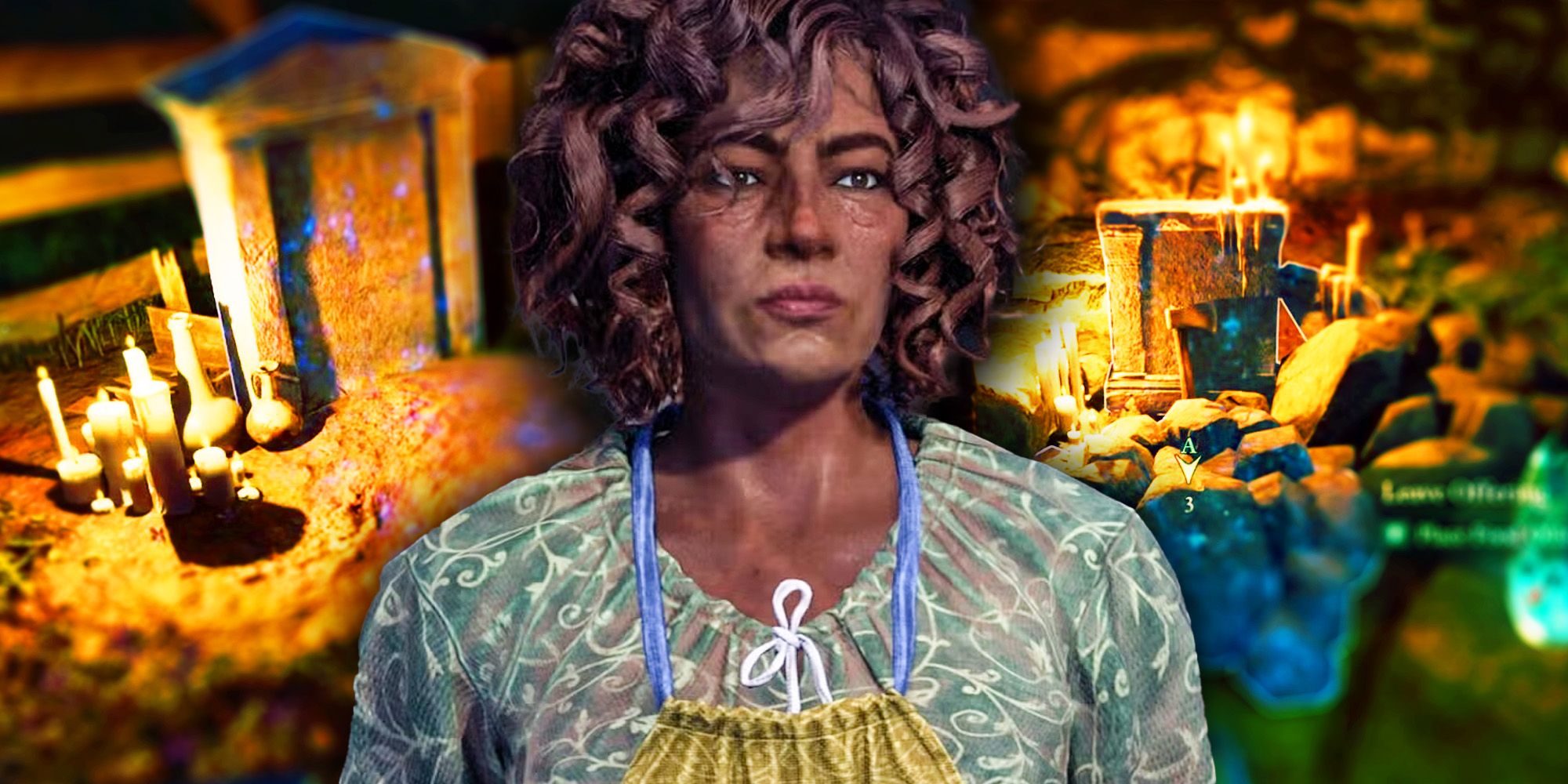PROTECT YOUR DNA WITH QUANTUM TECHNOLOGY
Orgo-Life the new way to the future Advertising by AdpathwayEventually, I booked a dermatologist appointment. The doctor thought it could be psoriasis; I was sticking with my chemical burn theory. A biopsy came back: seborrheic dermatitis. Spoiler alert—it wasn’t. Turns out, the procedure didn’t paint the entire picture because it was a shave biopsy and didn’t get to the full root of the issue, just scraping the surface. So when I applied the prescribed steroid faithfully, nothing changed. The lesions had signed a lease in perpetuity and neither triamcinolone acetonide nor betamethasone dipropionate could evict them.
With my self-esteem unraveling, I booked another appointment—this time at a different practice. Claudia Slutzky, a certified physician assistant at True Dermatology in New York City, took one look and told me that it wasn’t dermatitis. The clues? “This patch was so well demarcated right in the center of [your] forehead, and nothing seemed to help,” she’d told me.
When two more spots appeared on my chest two months later, following the same bump–scab–scar pattern, Slutzky raised the possibility I least expected: lupus. Dr. House always said it’s never lupus, so how could it be lupus? No one in my family had it, and in my head lupus was a “disease,” not something that could show up on my face. Shocked, I asked her: “Do you know what it means to say the word ‘lupus’ to a Black woman?” She did, and she was just as upset as I was. Black women are disproportionately affected by lupus, according to the Centers for Disease Control and Prevention (CDC). In fact, says the organization, Black, American Indian, and Alaskan Native women are two to three times more likely than white women to develop lupus, and tend to have more severe cases when they do. The CDC also states that on average, Black people with lupus die at younger ages—by more than a decade—than white people with lupus. All that in mind, the word “lupus” carries a deep cultural trauma for a lot of Black women, and I was—and am—one of them.
After consulting with her supervising physician, Amy Spizuoco, a board-certified dermatologist at the same practice, they performed a punch biopsy, which goes deeper than the surface-level one I’d had a year prior. When the results came back around a week later, we had an answer: discoid lupus erythematosus, a chronic autoimmune condition that causes rashes on the skin and face. What I thought was a simple blemish was actually a diagnosis that would change my life—and my identity.
What is Discoid Lupus Erythematosus?
Discoid lupus erythematosus (DLE) is a chronic autoimmune condition that affects the skin, often in sun-exposed areas like the face, scalp, and ears. It can look very different depending on your skin tone. “In darker skin tones discoid lupus may appear as pink, gray, or purple lesions,” says Patricia Oyetakin, MD, a board-certified dermatologist based in Atlanta. “In lighter skin tones it is more pink or red.” Over time, lesions may lead to scarring, pigment changes, or even hair loss, though these features usually emerge later—one reason early diagnosis is so challenging.


.jpg?mbid=social_retweet)
.JPG?mbid=social_retweet)















 English (US) ·
English (US) ·  French (CA) ·
French (CA) ·